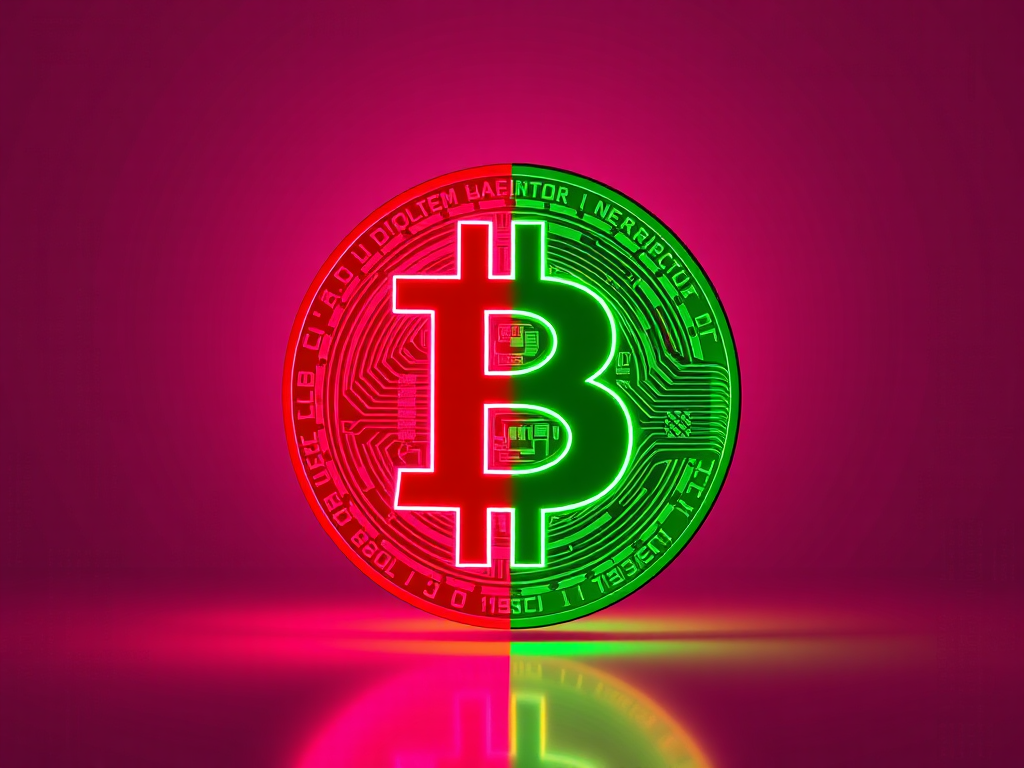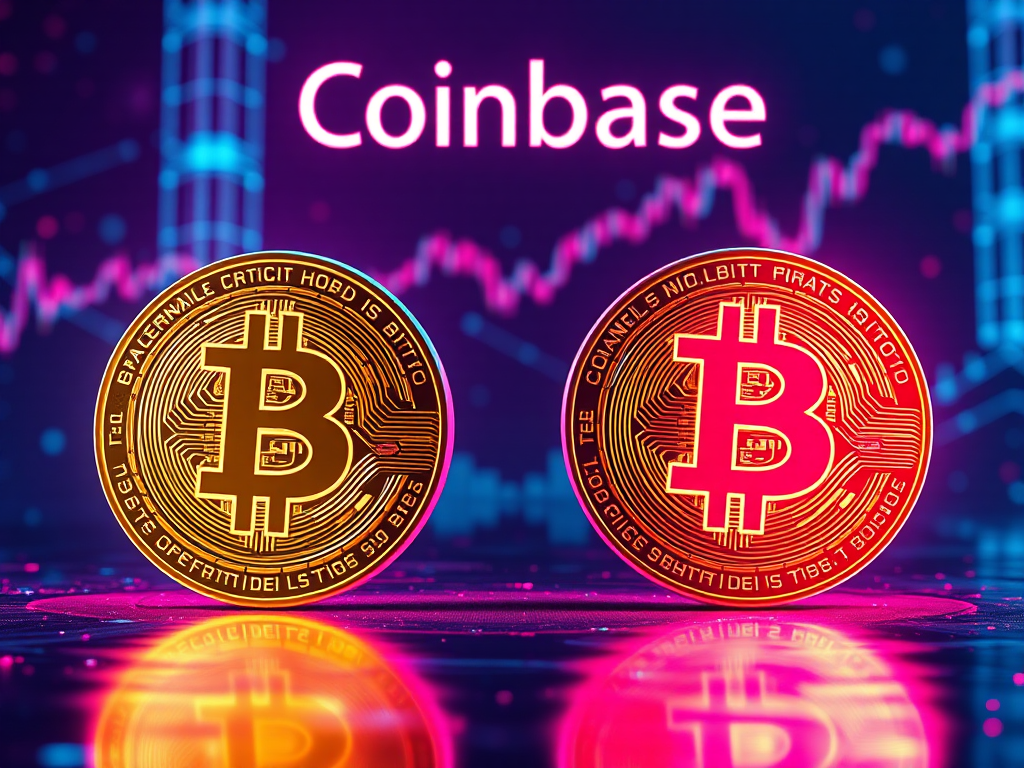Key Points:
• This innovative DeFi model addresses critical issues in existing platforms like Uniswap, introducing dual-layer liquidity pools, dynamic fee structures, and automatic impermanent loss protection to enhance liquidity provider profitability and capital efficiency.
• By combining these features with revenue-sharing mechanisms, the model aims to set a new standard in DeFi, potentially reshaping the landscape of decentralized finance while building upon existing innovations in the space.
Introducing a Game-Changing DeFi Model
The world of decentralized finance (DeFi) is witnessing the emergence of a revolutionary new model that promises to overcome the limitations of popular platforms like Uniswap. This groundbreaking system addresses some of the most pressing issues in the DeFi space, including impermanent loss, liquidity provider profitability, and capital efficiency.
Dual-Layer Liquidity Pools: A Novel Approach
At the heart of this innovative model lies the concept of dual-layer liquidity pools. This approach separates the liquidity into two distinct layers, with the first layer consisting of more stable assets and the second accommodating more volatile tokens. While this concept builds upon Uniswap V3’s concentrated liquidity feature, it takes a step further in reducing the impact of impermanent loss on liquidity providers.
Dynamic Fee Structures: Adapting to Market Conditions
The model incorporates dynamic fee structures that adjust trading fees based on market volatility and trading volume. This adaptive approach ensures that liquidity providers are adequately compensated during periods of high volatility while maintaining competitive fees for traders during calmer market conditions. Similar concepts have been explored by platforms like Balancer, but this model aims to refine and optimize the approach.
Automatic Impermanent Loss Protection
One of the most significant innovations in this model is the implementation of automatic impermanent loss protection. The system continuously monitors the performance of liquidity pools and automatically compensates providers for any impermanent loss incurred. While this feature requires ongoing management and adjustments, it addresses one of the biggest concerns for liquidity providers in existing DeFi platforms.
Ensuring Sustainable Returns for Liquidity Providers
By combining dual-layer liquidity pools, dynamic fee structures, and automatic impermanent loss protection, this new model creates a more sustainable environment for liquidity providers. These features work together to minimize risks and maximize returns, making it more attractive for users to provide liquidity to the platform. However, it’s important to note that complete elimination of risks, especially in highly volatile markets, may not be possible.
Revenue-Sharing Mechanisms: Aligning Interests
The model also introduces revenue-sharing mechanisms that distribute a portion of trading fees among liquidity providers. While this concept is not entirely new, with platforms like SushiSwap offering similar incentives, this model aims to optimize the approach to create a more balanced and sustainable ecosystem that aligns the interests of the platform, liquidity providers, and traders.
Setting a New Standard in DeFi
With its comprehensive approach to addressing the shortcomings of existing DeFi platforms, this new model sets a new standard in the industry. By building upon innovations like Uniswap V3’s concentrated liquidity and refining concepts like dynamic fee structures, it creates a more balanced and sustainable ecosystem that can drive the growth of decentralized finance.
Reshaping the Future of Decentralized Finance
As this revolutionary model gains traction, it has the potential to reshape the entire landscape of decentralized finance. By offering more secure and profitable trading opportunities, it could attract a wider range of participants to the DeFi space. However, its success will depend on widespread adoption and effective implementation of its innovative features.
In conclusion, this groundbreaking DeFi model represents a significant leap forward in addressing the challenges faced by existing platforms. By prioritizing sustainability, efficiency, and user protection while building upon existing innovations, it paves the way for a more robust and inclusive decentralized financial ecosystem that could revolutionize the way we think about and interact with financial services in the digital age.

















